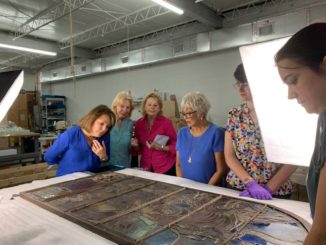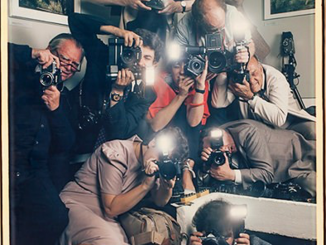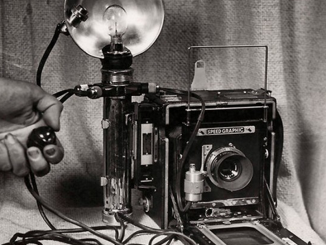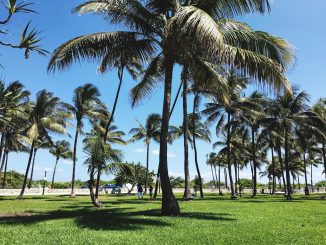
Getting caught up in Miami’s past is easy to do especially when you work at the University of Miami. Jorge Damian de la Paz, the program manager for Office of Civic and Community Engagement at the Big U, shares his photo slideshow that includes renderings of Miami’s historic developments that were forgotten in time. Call it “a Miami that was never built” he says.
The photos include the Solomon G. Merrick Building, Rail Terminal Tower, the Magic City Center, an unused Metrorail platform in Miami-Dade County’s Government Center Station, Biscayne Boulevard, and Bayfront Park.
While working on the Miami Housing Policy Timeline project, de la Paz found these vintage blueprints and created an interactive slideshow through the Knight Lab’s JuxtaposeJS at Northwestern University.
“The thought of this alternate Miami was really interesting to me,” de la Paz says. “So as a side project, I began creating these interactive juxtapositions to look at the Miami that could have been. These are very interesting and display a history of Miami that people typically don’t know about.”

The Solomon G. Merrick Building in Miami. Photo Credit: University of Miami/Google. Miami staple: Solomon G. Merrick Building. Year: 1926
Proposed plan: Can you imagine a Mediterranean-styled University of Miami? Early plans by architects Phineas E. Paist and Denman Fink for Big U’s campus shows a Venetian design instead of its current tropical style.
The 1926 rendering shows a Spanish Renaissance administrative building, tower, and patio atop an artificial hill. The development was this close to being built, until a 1926 hurricane put a halt to it.
The building was finished in 1950 minus a hill and pond.


Proposed plan: In 1946, the City of Miami turned 50 years old and architect, Charles P. Nieder wanted to give downtown’s aging Florida East Coast Railway station a makeover. The vision? Reshape Miami’s skyline by adding a high-rise that’s taller than the Miami-Dade County Courthouse (by 150 feet). Nieder wanted to build the 41-story terminal building over the FEC concourse and rail lines. The problem? The million-dollar-plus plan never got pass the initial planning stage and was eventually scraped.



Proposed plan: Miami officials have been trying to improve pedestrian culture since 1960. County planners wanted to revive downtown Miami’s commercial district with raised walkways so pedestrians can walk above traffic.
The ambitious plan would have turned downtown’s Flagler Street mall into a Lincoln Road-esque mall devoid of cars. In this version of Miami, Flagler Street, Miami Avenue, and Northeast Second Avenue would be exclusively for walking. Too bad the proposal fell through.


Biscayne Boulevard in Miami. Photo credit: University of Miami/Google. Miami staple: Biscayne Boulevard and Bayfront Park improvement. Year: 1970
Proposed plan: By 1970, city officials were still focused on making the roadways more pedestrian-friendly. Architect firm, I.M. Pei & Partners reimagined Biscayne Boulevard as a series of interconnected parks and plazas.
The proposal merged Biscayne Boulevard and Bayfront Park, filling 200 parking lots with grass, trees, and fountains.
These improvements, argued city planners, provided the “same kind of formal distinction to downtown Miami as the Champs-Élysées does to Paris.”
The project went no where but years later the Miami Downtown Development Authority, through the Biscayne Green project, suggested a similar idea to redesign the boulevard into a multi-purpose public space.


Proposed plan: There’s an unused Metrorail platform, known as the ghost station, on the third floor that’s haunting Miami-Dade County’s Government Center Station.
The few yards of track and platform is all thats left of the anticipated nine mile extension to the Palmetto Expressway that would have served Little Havana and Miami International Airport.
Abandoned over 30 years ago, the unused Metrorail platform was built in 1984 to accommodate the never completed Metro Transit’s east-west expansion line that connects to the South Line.
The transfer station was abandoned after funding issues frustrated county officials over the original Stage II western expansion plan.






Be the first to comment